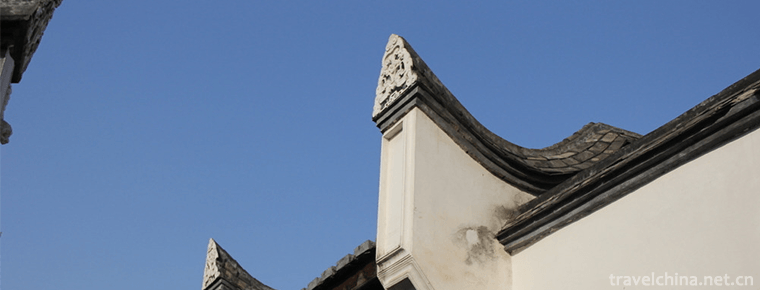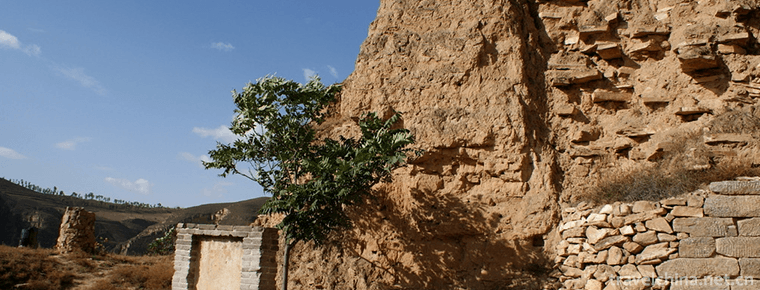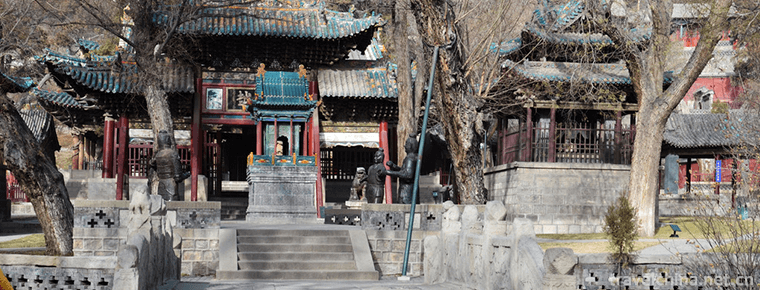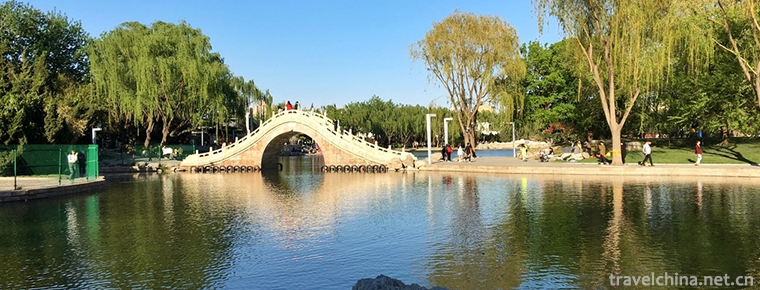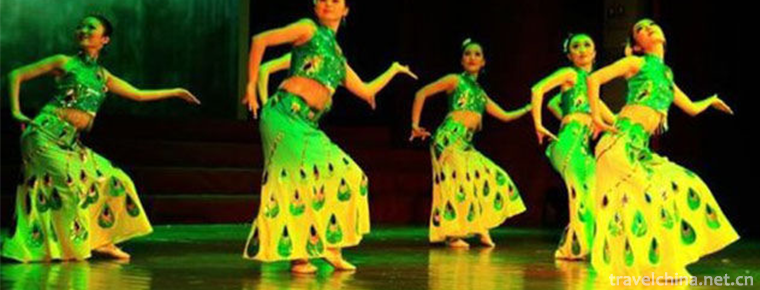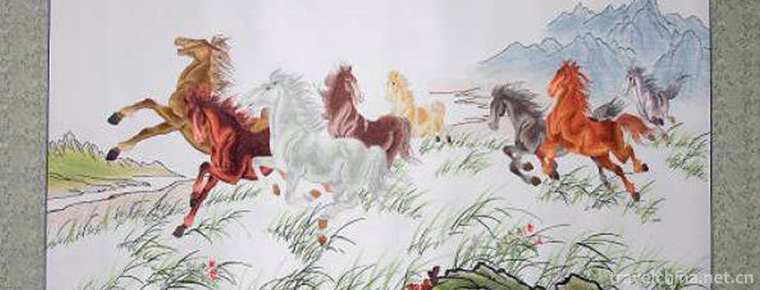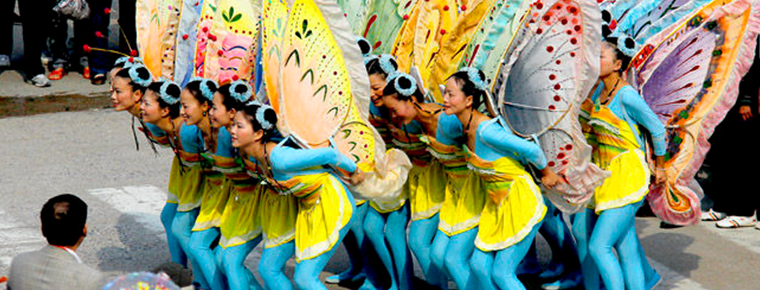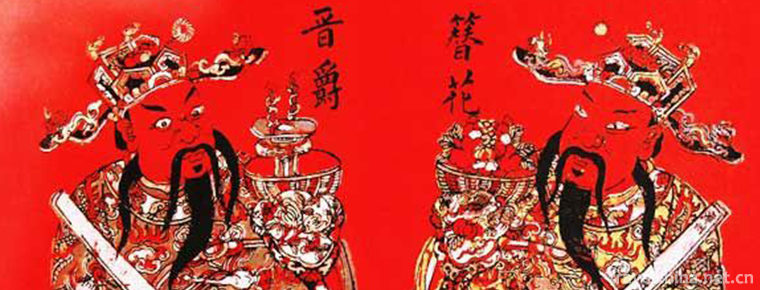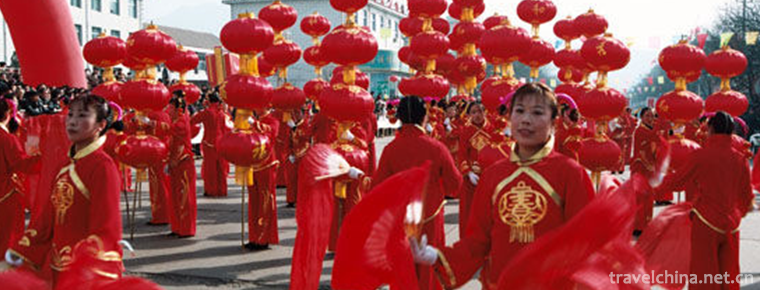The Ancient City of Gaochang
The Ancient City of Gaochang
Gaochang City, which began in the first century B.C., was built by the army of Tuntian in the territory of Cheshi in the Western Han Dynasty. The site of the Old Town is located in the vicinity of Hara and Zhuoxiang, about 40 kilometers east of Turpan City. It is about 6.5 kilometers north of the Wooden Gougoukou (Shengjinkou) at the southern foot of Flame Mountain and 55 kilometers east of Shanshan County. In March 1961, it was first declared as a national key cultural relic protection unit by the State Council. In 1988, it was listed as a national key cultural relics protection unit.
On June 22, 2014, at the 38th UNESCO World Heritage Committee meeting in Doha, Qatar, Gaochang Old Town was successfully listed on the World Heritage List as a site of the Silk Road: Road Network of Chang'an-Tianshan Corridor, which was jointly applied for by China, Kazakhstan and Kyrgyzstan.
History
Gaochang City was built in the first century B.C. by the troops of the Western Han Dynasty in the territory of Cheshi's former kingdom. Gaochangbi was first mentioned in Han Shu. The biography of the Northern History and Western Regions records that "in the past, Wuhan sent troops to the West to discuss, and the division and brigade were desolate, especially the poor because they lived there. The terrain is vast, the people are prosperous, because of the name of Gaochang. In the Han, Wei and Jin dynasties, Wuji school lieutenants were sent to the city to manage the field, so they were also called "Wuji school lieutenants city". In 327 AD, Zhang Jun, former Liang, was here to "place Gaochang County, Litiandi County" (Volume 8 of Chuxueji quotes Guyesan's "Geographical Records"). It was successively administered by Pre-Qin, Post-Liang, Xiliang and Beiliang of Hexi Corridor. In 442, the remnant forces of Beiliang, led by Juku, established the exile regime here. In 450 years, Juqu Anzhou broke through Jiaohe City and destroyed the car division in the former country. The political, economic and cultural center of Turpan Basin was completely transferred from Jiaohe City to Gaochang City. In 460, Rouran murdered King Anzhou of Beiliang, who was the king of Gaochang.
Gaochang was called Wang from then on. Gao Changzhuan). Since then, Zhang, Ma and Gu have successively become king in Gaochang, among which Gaochang ruled by Gu for the longest time, reaching more than 140 years (499-640). These "Gaochang Kings" were enclosed by the Central Plains Dynasty. Gong Boya also went to Chang'an in Sui Dynasty and married Princess Huarong in Sui Dynasty. In 640, Shangshu Hou Jun of the Tang official department unified Gaochang, located in Xizhou, under the jurisdiction of Gaochang, Jiaohe, Liuzhong, Puchang and Tianshan five counties. According to the statistics of Gaochang's household registration archives collected by Hou Junji, there was a population of 37,000 at that time. After the end of the eighth century, the Tubo people once occupied Gaochang. After the mid-ninth century, after the decline of the Uighur Khanate in the Mobei grassland, some of the remaining people who moved westward attacked Gaochang and established the Uighur Gaochang State. Its most prosperous territory included the former Tang Dynasty in Xizhou, Yizhou, Tingzhou, Yanqi and Qiuzi. In addition, there are many irons and other nationalities or tribes distributed in the Robonao area, whose geographical scope is far beyond the present Turpan Basin. In 1209, Gaochang Uighur minister attached to Mongolia. Genghis Khan gave the Uighur King Gaochang his fifth son and married the princess. After the thirteenth century, the nomadic nobles of Northwest Mongolia in the vast area north of Tianshan Mountains launched a rebellion led by Haidu and Duwa, insisting on "still living on grasslands and not going to urban areas". They invaded Gaochang, the Uighur Kingdom belonging to the Yuan Dynasty on many occasions. In 1275, 120,000 troops were sent once to siege Huozhou (Gaochang) for half a year, and later they also defended Huochiha (Gaochang King). Erjin finally died in the war with Haidu and Duwa. The war lasted for more than 40 years, and Gaochang City was destroyed in the war. Yuan Yanyou three to five years (1316-1318), by the Yuan Renzong album successor to the high throne of Huochihar Jin's son Newlin's Jin, under the support of the Yuan Dynasty, "lead Huozhou, revert Wuer Chengchi" ("The Jin Biography of Yuanshi Baershu Arte"). Because Gaochang City was destroyed too much in the war, the rebuilt city of Huozhou is no longer located in the old site of Gaochang, but in the west of the former city of Gaochang (near the present residential village of Astana). After the collapse of the Yuan Dynasty, the Huozhou Sector was called the "ground", so the Ming History said, "Huozhou... There are barren cities in the east, namely the capital of Gaochang.
On-the-spot investigation and documentary evidence show that the existing inner city of Gaochang City existed during the period of Gaochang County. The outer wall was built in the Gaochang period of Gu's family. The documents unearthed from Astana-Hara and Zhuo ancient tombs in the northern suburbs of the city during this period include "Beifang Zhongcheng", "Southeast Fang" and "Southwest Fang". It shows that the city at that time had a distinction between the middle and the outside, east, south, West and north. There are Qingyang Gate, Jianyang Gate, Xuande Gate, Wucheng Gate, Jinzhang Gate and Jinfumen in the documents. It is recorded in the Book of Tu Jing of Xizhou, which was discovered in the caves of the Buddhist scriptures in the Mogao Grottoes in Dunhuang: "Sage Tower, in the northeast corner of Zicheng", which indicates that there were Zicheng in Xizhou City in the Tang Dynasty. Early palaces are in today's "Khanburg". During the Gaochang period of the Gong family, with the construction of the outer city, the Miyagi City moved to the north and the south to the king, which was similar to the layout of Chang'an City in Sui and Tang Dynasties. During the Gaochang period of the Uighur, there was a great boom in civil engineering in the palace city.
The old city of Gaochang was built in the first century B.C. and abandoned in the thirteenth century. It has been used for more than 1300 years. It has been more than two thousand years since it was built. It is a testimony to the vicissitudes of the Turpan region for thousands of years.
Present situation
Looking up, the plane of the Old City is slightly irregular square. The layout can be divided into three parts: the outer city, the inner city and the palace city, with a total area of about 200 hectares. The foundation of the outer wall is 12 meters thick, 11.5 meters tall, and its circumference is about 5 kilometers. The rammed layer is 8-12 centimeters thick, with a small amount of adobe mixed between them, with clear pinholes, and the horse surface is well preserved and protruded. There are three gates in the south, and two gates on the other three sides. The north gate to the west is the best preserved and winding urn city. In the middle of the inner city and the outer city, the walls are all rammed earth cities. The West and south sides are well preserved, and the building age of the inner city is earlier than that of the outer city. The northern wall of the outer city is the northern wall of the palace city, while the northern wall of the inner city is the southern wall of the palace city.
The best preserved part of Gaochang Old Town is the External Wall. Its structure is complete and magnificent.
A monastery in the southwest corner of Outer City covers an area of nearly 10,000 square meters. It consists of gates, courtyards, lecture halls, Tibetan Scripture buildings, halls and monasteries. From the analysis of architectural features and the Pearl pattern on the remaining frescoes, the architectural age of the Pearl pattern is about the 6th century A.D. There are still some "fang" and "city" sites near the monastery, which may be small handicraftsmen's workshops and commercial markets. There is also a monastery in the southeastern corner of the outer city. It has a polygonal tower and a worship grotto (Chiti Grotto), which is the only place in the city where murals are well preserved. From the style of murals and the shape of towers, it is the architecture of the late Gaochang period of Uighur (12th-13th century A.D.).
In the north of the inner city, there is a small irregular square fortress, which is called "Khanburg" locally. In the north of the castle, there is a tamping square tower-shaped building up to 15 meters high; in the west, there is a double-storey building above ground and underground. There are only underground parts. In the south, West and north, there are broad staircase doorways for entry and exit. Although the scale is not large, it is the same as the most luxurious official building in the Tang Dynasty in Jiaohe Old City. It may be a palace site. Before liberation, a German expedition excavated a monument of merit and virtue in Anzhou Temple in Chengping, Beiliang for three years (445). Juqu An Zhou was the king of Beiliang who established the exile regime in Gaochang. According to the monument, the castle was probably a palace city at that time, and there were royal monasteries.
In the northern Palace city, there are many tall Palace foundations, generally about three and a half meters high to four meters high. It can be seen that there are palace building sites as high as four floors.
To the north of Gaochang City is a vast Gobi, where most of the residents are buried after their death. The whole group of tombs stretches from the northeast to the northwest of the city. It is about five kilometers long in East and west, two kilometers wide in North and south, and covers an area of about 10 square kilometers. Since the beginning of this century, more than 500 tombs have been excavated and cleared. Tens of thousands of historical relics, such as documents, silk, wool, cotton and linen fabrics, epitaphs, coins, clay figurines, pottery, paintings, crops, melons and fruits, have been unearthed here. In 1988, it was listed as a national key cultural relics protection unit.
Traffic information
It can be chartered from the urban area of Turpan. Generally, it follows the route of Flame Mountain - Qianfodong - Astana Ancient Tomb Group - Gaochang Old Town.
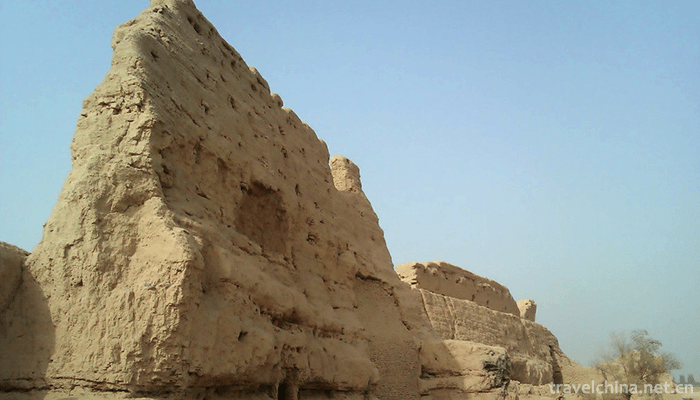
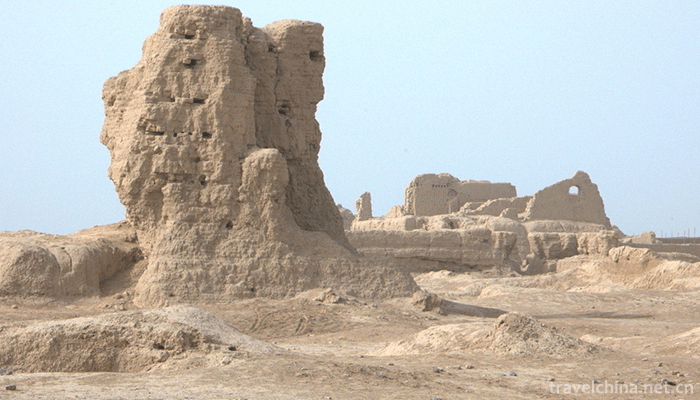
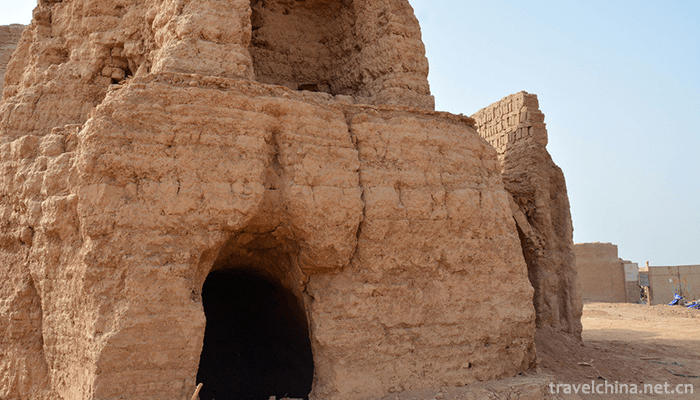
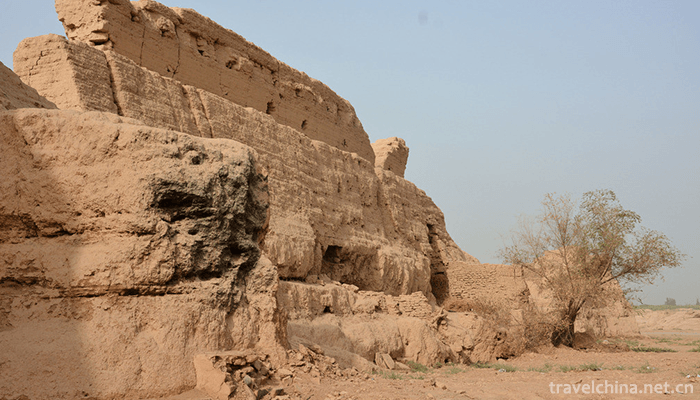
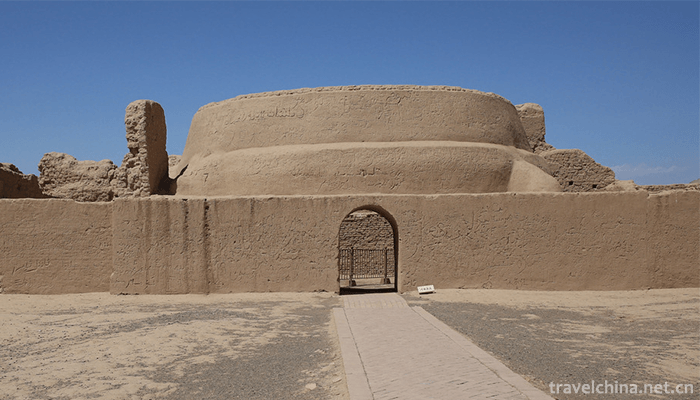
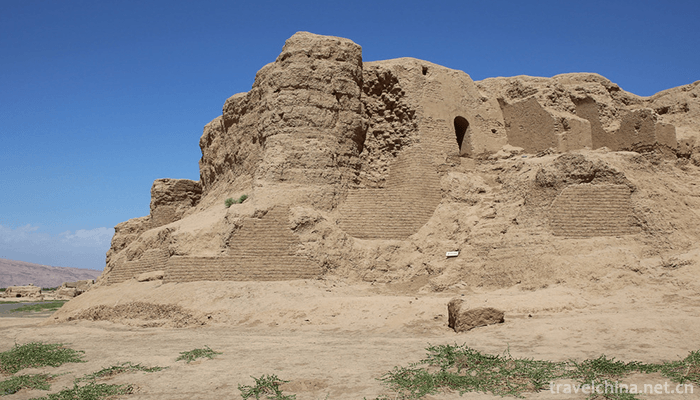
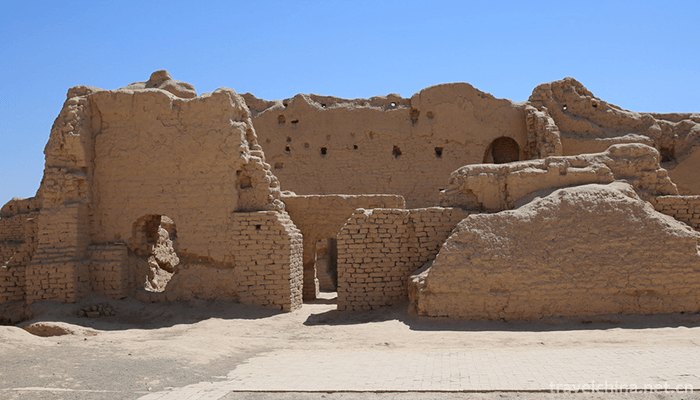
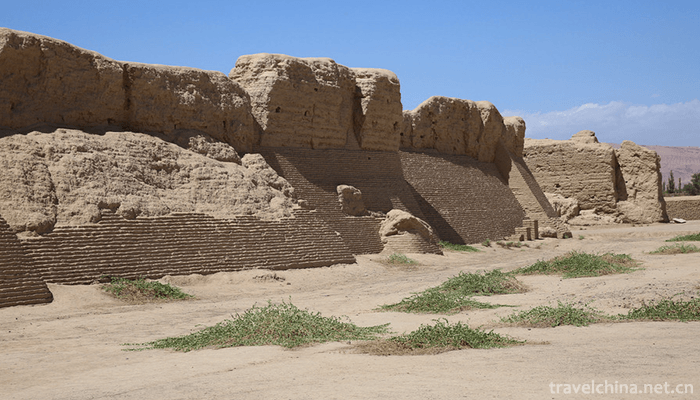
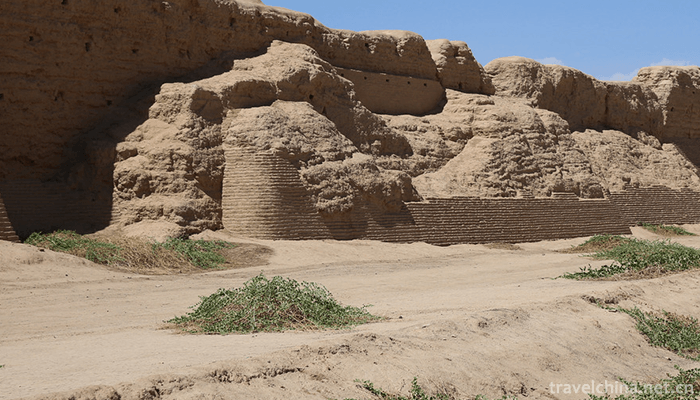
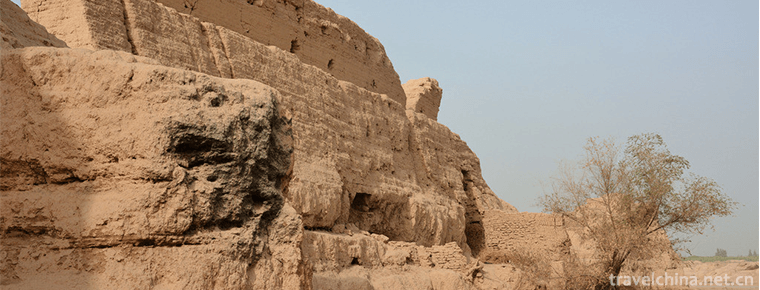
The Ancient City of Gaochang
-
Three Lanes and Seven Alleys
Three Lanes and Seven Alleys(Sanfang Qixiang) is a national 5A tourist attraction, which is the only remaining part of the old city of Fuzhou
Views: 242 Time 2018-12-08 -
Taimu Mountains
Taimu Mountain is located in the northeast of Fujian Province. It is 45 kilometers south of Fuding City from the urban area.
Views: 226 Time 2018-12-08 -
Park hyatt Guangzhou
In Guangzhou Park Hyatt Hotel, a traditional Lingnan culture and Gourmet Tour is opened. Guangzhou Baiyue Hotel integrates Lingnan's long history and culture with Baiyue's delicate modern
Views: 180 Time 2018-12-16 -
Hohhot Laoniuwan Tourist Area
Laoniu Bay is located at the entrance of Shanxi-Shaanxi Grand Canyon. This is the Great Wall, the only typical parallel section of the Yellow River. The widest part of the river is not more than 100 m
Views: 172 Time 2019-01-16 -
Jin Memorial Temple
Jinci Temple is located in Jinci Town, Jinyuan District, Taiyuan City, Shanxi Province. It was originally called Jinwang Temple and was first named Tang Shuyu Temple.
Views: 153 Time 2019-01-29 -
Longtan Park
Longtan Park is located opposite Longtan Beili District, Dongcheng District, Beijing (Chongwen District), and is currently a national 4A-level tourist park. Longtan Park
Views: 156 Time 2019-02-06 -
Peacock Dance of Dai Nationality
Dai peacock dance is the most famous traditional performing dance in Dai folk dance in China. It is spread in Ruili, Luxi, Xishuangbanna, Mengding, Mengda, Jinggu, Cangyuan
Views: 237 Time 2019-04-24 -
Danzhou tune
Danzhou tune is a traditional folk song which only spreads in Danzhou of Hainan Province and has a unique regional style. It is sung in Danzhou dialect with a lively rhythm
Views: 149 Time 2019-04-25 -
Wenzhou embroidery
Ou embroidery, also known as painting curtain, is a local traditional art in Wenzhou, Zhejiang Province. It is produced in Oujiang area. It is also one of the special handicraft products of "thre
Views: 181 Time 2019-06-08 -
Eighteen Butterflies
Eighteen butterflies is a local traditional dance form popular in the central part of Zhejiang Province (mainly in the area of Jinhua Yongkang). Twenty young women play the whole set of eighteen butte
Views: 124 Time 2019-06-15 -
Zhangzhou Woodblock New Year Picture
Zhangzhou woodcut New Year pictures belong to folk art, which began in the Song Dynasty and flourished in the Ming and Qing Dynasties. The contents of the New Year pictures are mainly two categories:
Views: 160 Time 2019-07-25 -
Zuoquan Xiaohua Opera
Zuoquan Xiaohua Opera is a kind of Han folk song and dance drama which originated in Zuoquan County of Shanxi Province and spread in Yushe and Heshun areas near Zuoquan County. Its style is: one step
Views: 257 Time 2019-08-16
